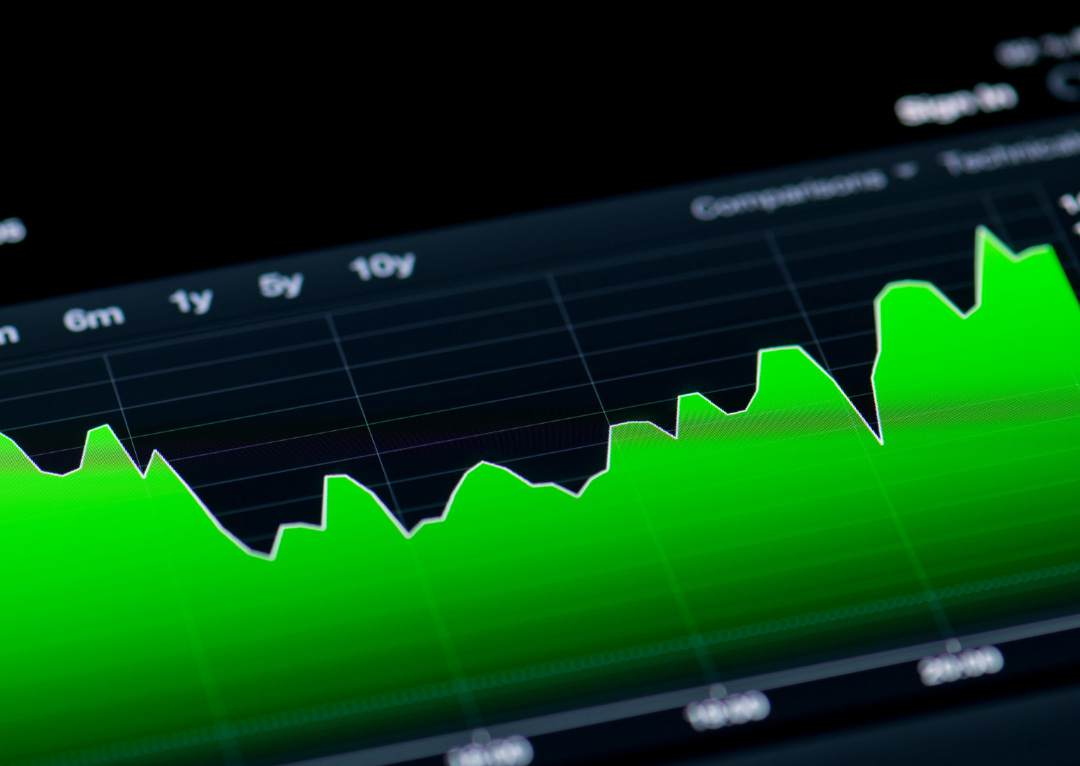Drawdown: Understanding Peak to Trough Declines in a Portfolio

A drawdown is defined as a peak to trough decline in a stock, fund, or portfolio. For example, if you have a portfolio worth $100,000, and it declines to $80,000 before climbing back above $100,000, then your portfolio had a drawdown of 20%.
A drawdown is measured from peak to trough and is not recorded until the asset experiences a new peak. So in our previous example, if the portfolio stayed below $100,000, then a drawdown would not be recorded. It would not be until the portfolio value rose to at least $100,000.01 that the drawdown would be recorded.
Understanding drawdown
Drawdown is important because an asset must experience a gain greater than its drawdown in order to recover any losses caused by the drawdown. For example, if an asset has a drawdown of 1%, it needs to increase by 1.01% to recover that loss. This relationship increases as the magnitude of the drawdown increases. An asset that loses 20% needs to increase by 25% to return to the previous peak. An asset that loses 50% needs to increase by an entire 100% to return to its previous value.
For this reason, many investors set a maximum drawdown (MDD) for their portfolios. Most investors will choose to cut their losses after a MDD of 15-20%.
Why does drawdown matter?
Drawdown, along with volatility, are two important metrics investors should consider. Some investors care even more about drawdown depending on their time horizon.
For example, if you are a young investor with many years before retirement, you be comfortable with a MDD of 20%+ because you have sufficient time to recover those losses. In this case, you may be comfortable with taking on more risk.
However, if you are closer to retirement, even a drawdown of 5-10% could hurt you given you might need to withdraw your money sooner. In this case, you would be more concerned with capital preservation than growth and should invest your money accordingly.
So What?
Regardless of your investment goals and time horizon, you should be considering drawdown when making investment decisions. Set your MDD based on your preferences and what you're comfortable with. Then, when evaluating stocks and/or funds, consider what drawdowns they experienced during different market periods. Oftentimes, you may find you have too much exposure to assets that have a higher potential for large drawdowns.
What about alphaAI?
In any investment endeavor, the key to success lies in making informed decisions. Whether you're building a recession-resistant portfolio, diversifying your assets, or simply exploring new opportunities, your journey should be guided by knowledge and insight. At alphaAI, we are dedicated to helping you invest intelligently with AI-powered strategies. Our roboadvisor adapts to market shifts, offering dynamic wealth management tailored to your risk level and portfolio preferences. We're your trusted partner in the complex world of finance, working with you to make smarter investments and pursue your financial goals with confidence. Your journey to financial success begins here, with alphaAI by your side.
Supercharge your trading strategy with alphaAI.
Discover the power of AI-driven trading algorithms and take your investments to the next level.

Continue Learning
Dive deeper into the world of investing and artificial intelligence to unlock new opportunities and enhance your financial acumen.

Paul Merriman’s Ultimate Buy & Hold Portfolio: Historical Review and Modern Risk Considerations
.jpg)
How AI Safely Manages Leveraged ETFs for Long-Term Investors



